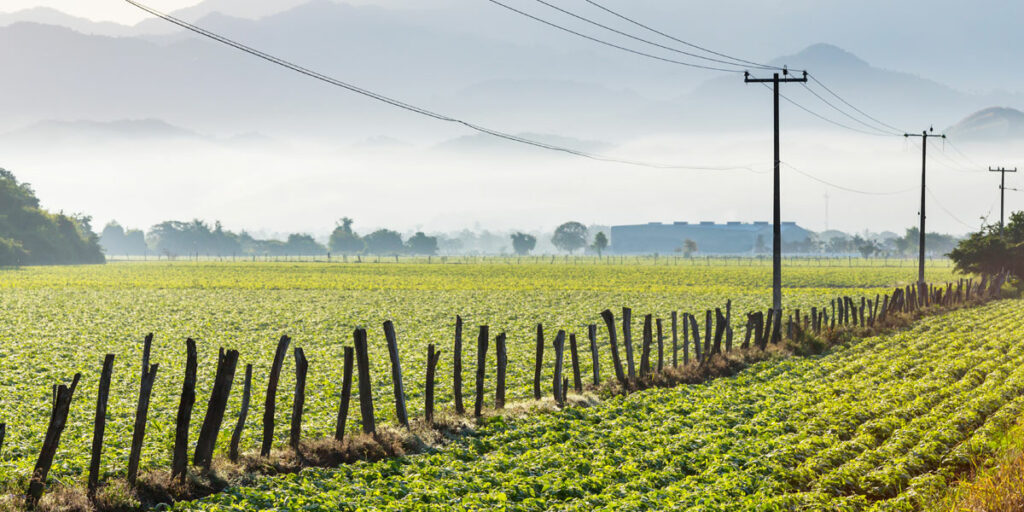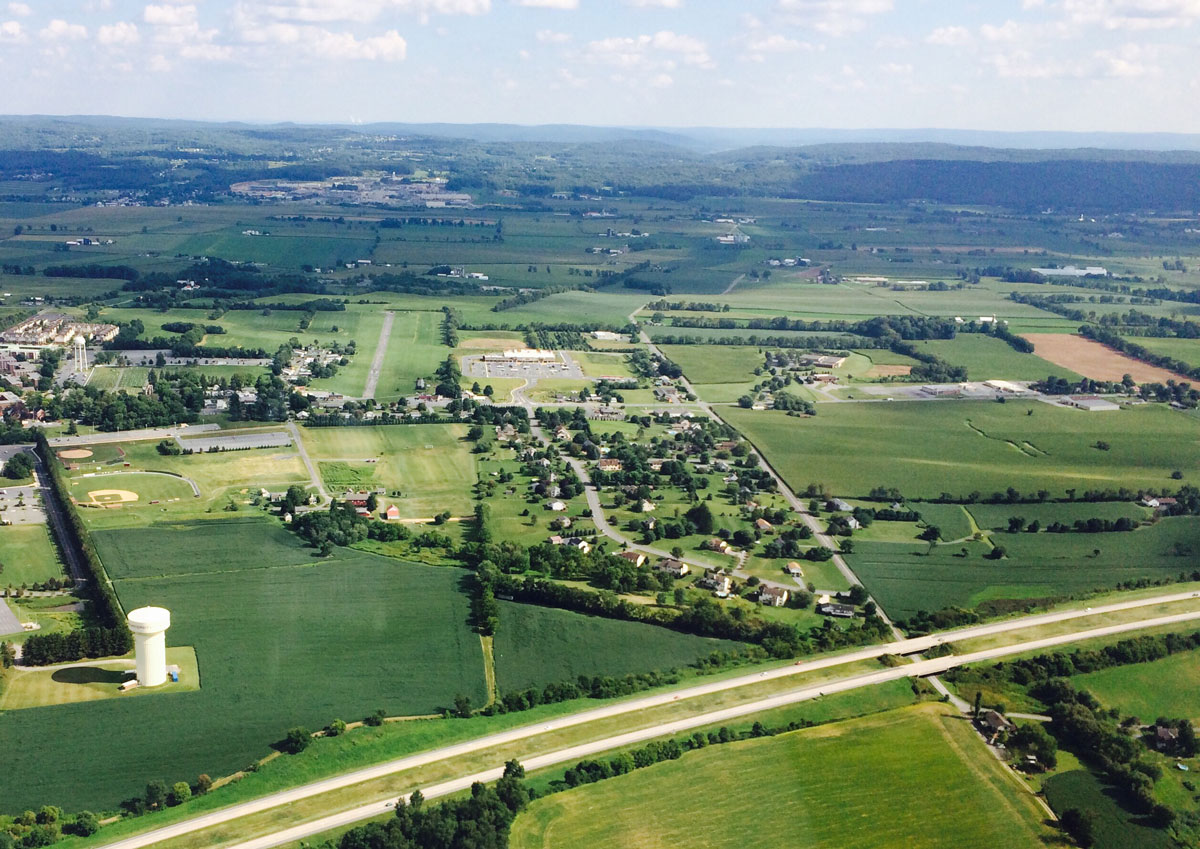If you’re a landowner and a solar developer has expressed interest in leasing your property, you may be wondering why yours and not your neighbors’. Here’s a quick cheat sheet for what makes a site right for solar development:
Access to Powerlines
Probably the most critical element to a solar site is the most obvious – proximity to the power lines. Solar facilities are just like small power plants; they create power and need to feed that power back into the existing power grid. What is a little less obvious, is that the distance to the nearest substation is also important. Substations are nodes in the utility grid that transition voltage (i.e. from high to low) and are required to manage the power generated from the solar facility, so it can be sent to the rest of the homes in the area. A good rule of thumb: optimal sites need to be within three miles of these substations to minimize the distance the power needs to travel along the lines. The further out, the more likely that the powerlines can’t support the new power and will require costly upgrades.
Now, it’s good to know that there are two primary types of projects, a) Transmission-Scale and b) Distribution-Scale. Transmission-Scale projects are larger (200+ acres) and need access to transmission lines – the high voltage lines you see in rural areas or along major highways. The Distribution-Scale projects are smaller (10-50 acres) and tie into the 3-phase power lines, which are more common and run along neighborhood roads. So, you may have a 30-acre site with a high voltage line, but it is not enough land to support a transmission-scale project.
The Flatter the Better
The next big factor is some basic site characteristics. First of all, solar development works best on FLAT properties. Even relatively small slope can change the amount of sunlight a solar array receives and when added up on a daily basis, that can seriously affect the production capabilities of the array. If there is significant slope, it does help to have a southern facing slope because all panels positioned in North America will always face south.


High & Dry
As you probably know, water and electricity don’t mix. Solar sites don’t work in areas prone to flooding or in designated wetland areas. There are some exceptions here for rare and low-risk flood zones, but local regulations will dictate the ability to construct. You can see if your property falls within a flood zone by visiting FEMA.
Clear the Way!
Developers typically prefer vacant land free and clear of trees and structures. However, in some cases, the project is profitable enough to justify clearing costs. Note, if it is a timber tract, landowners can often retain the timber proceeds if cleared prior to construction.
Mind Your Neighbors
Solar projects are quiet, don’t generate any traffic, and add valuable tax revenue for public use, so why shouldn’t communities embrace them? It beats us, but we’ve seen property owners fight tooth and nail to prevent projects from being constructed. Most developers will try to leave some buffer between the array and neighboring homes. If you have a vacant property closely surrounded by homes, this could be an issue with permitting.
Legislation & Incentives
The larger drivers for solar development are generally favorable state legislation offering additional incentives or your local utilities desire to purchase solar power (or state regulations requiring them to do so).
If you have a property that meets these criteria and would like a complimentary site evaluation, please contact us today!
